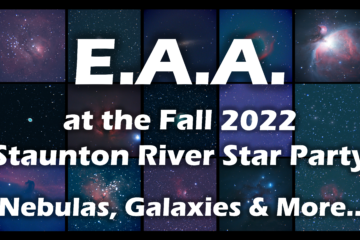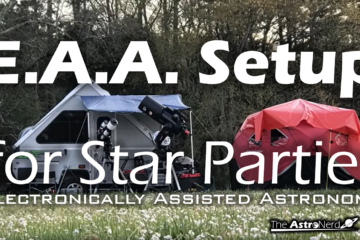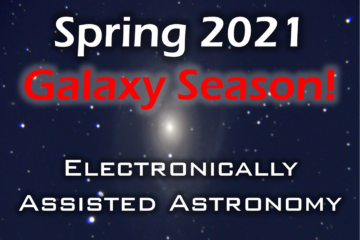I have recently begun to do more solar observing as well as outreach activities during the day. Additionally next year the United State will be treated to a full solar eclipse such that the path of totality will only be a several hour drive from where I live. These factors convinced me I needed to improve my arsenal of solar viewing equipment. To that end, I purchased a used Lunt LS35THa DX solar scope off of CloudyNights. This 35mm H-Alpha scope has a bandpass of <0.75 Angstroms which allows me to view prominences and some surface detail.

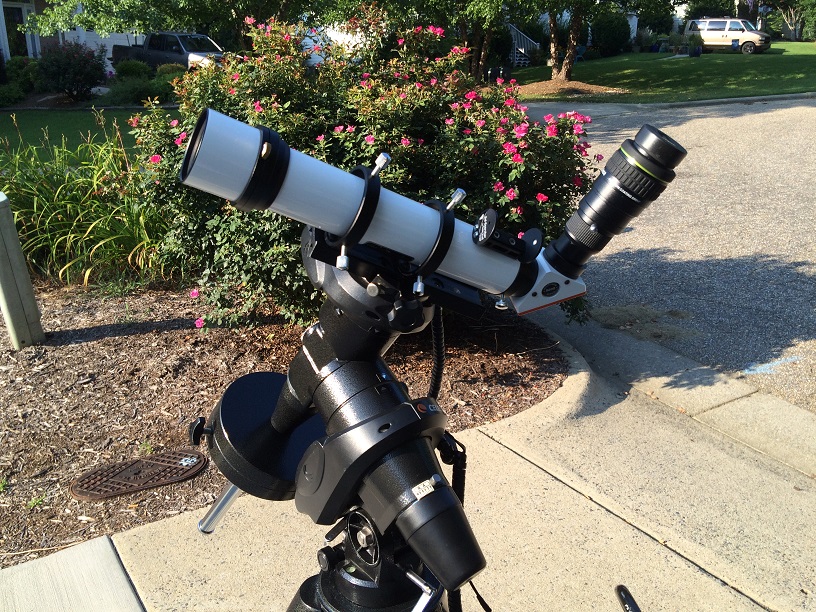
While I did have a quick view when the scope arrived to make sure all was good with the unit, my real first light for this scope was late afternoon on Thursday June 21st, 2016. I mounted the LS35THa atop my Celestron CG-5 Advanced GT and began to run through a solar system alignment on the Celestron handle controller. Note to other CG-5 users, if you want to use the Sun as an alignment star, you need “allow” the sun under the solar menu under the Utilities folder.
The Televue Sol-Searcher was dead-on as a finder in centering the sun within the included Lunt 10mm eyepiece providing 40x power. While the Lunt 10mm eyepiece provides a nice sharp view, the eye relief is a bit tight and the FOV is feels a bit narrow. I was a bit worried that my Baader Hyperion eyepieces would not reach focus with my Lunt. I switched to the Hyperion 5mm providing 80x power. The view was more comfortable but not as sharp as the 10mm, most likely because I was pushing the magnification over the scope’s theoretical max of 70x (or two times the diameter of the aperture: 35 x 2 = 70). The eyepiece also needed some cleaning!
I then switched over to the 8mm Hyperion providing 50x. This magnification was a sweet spot for this telescope and the seeing conditions at that time. I was able to tune the scope to get some very nice surface detail, including Active Regions (AR) 12565, 12566 & 12567. I was also able to view several areas of incredible prominences on the trailing edge of the sun. A filament was visible on the surface close to the trailing edge of the sun. Filaments are just prominences; both are arches of plasma extending off the surface of the sun. The difference is we see prominences edge on and filaments we see face on.
I’m very skeptical about trying to take a picture through the eyepiece using my iPhone but I was actually quite impressed with what I was able to capture with just one 1/250 of second exposure from an iPhone! See photo below. The view in the eyepiece was much more orange/red and not at all pink as the came through on the iPhone image.
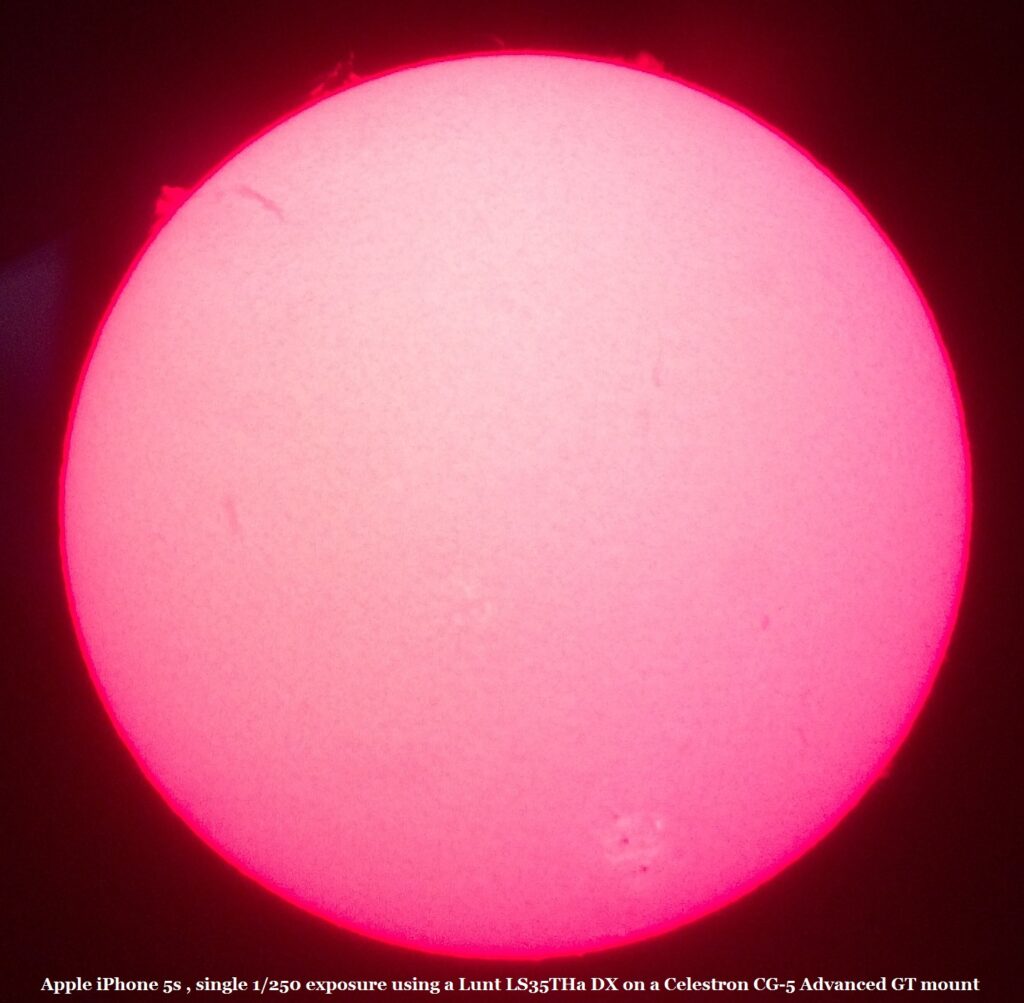
Clear and Steady Skies!
-Mike
